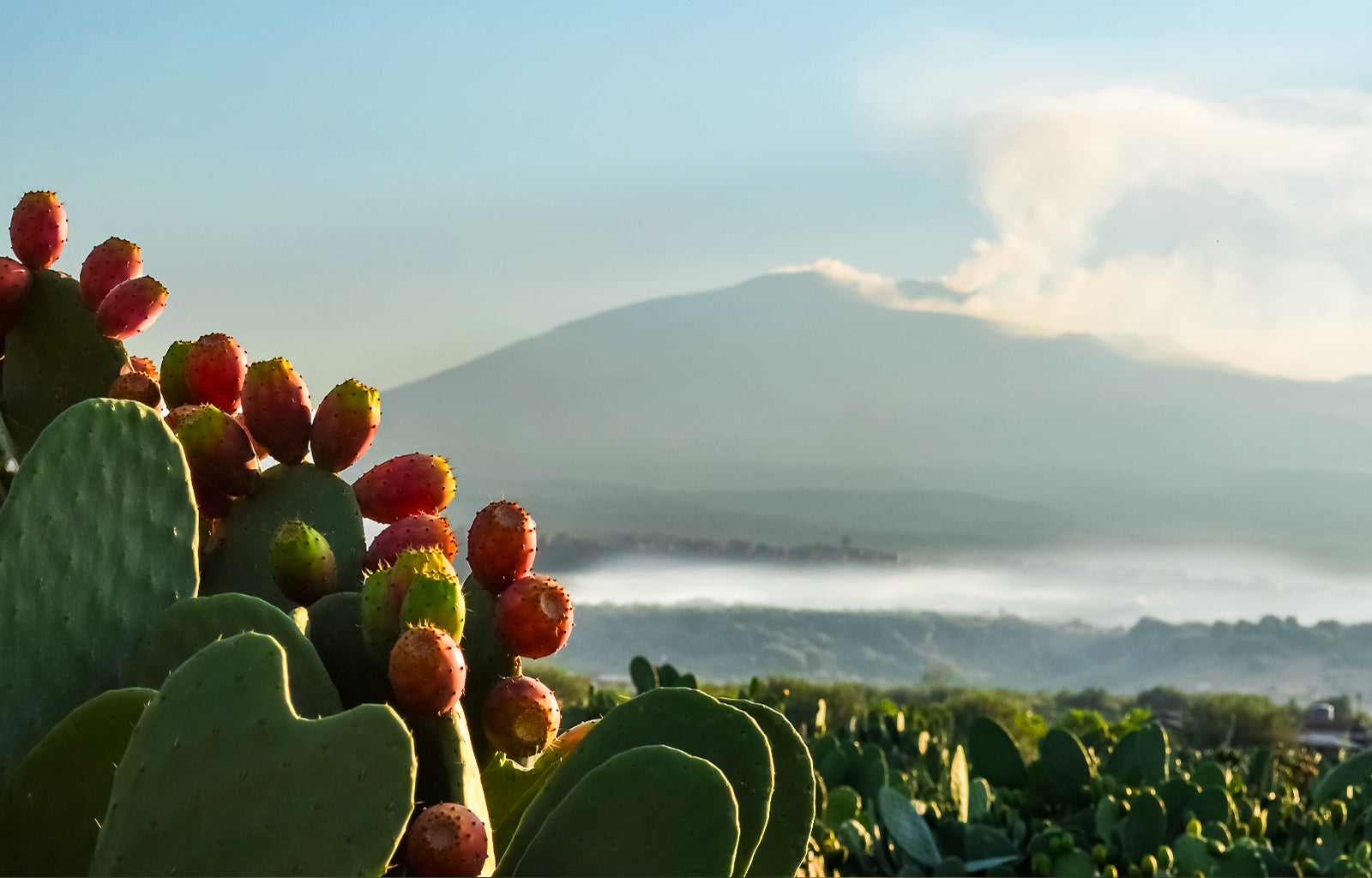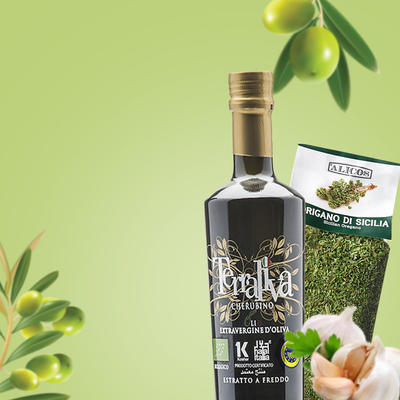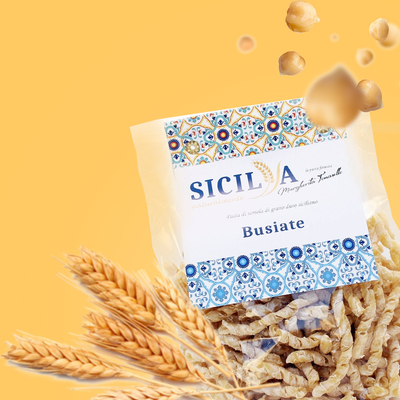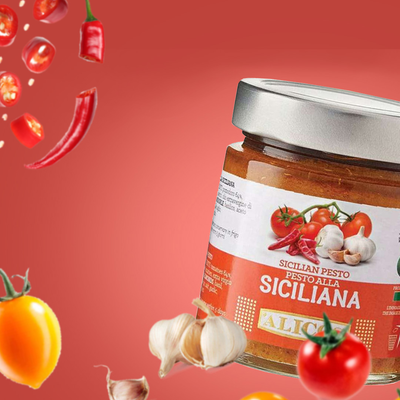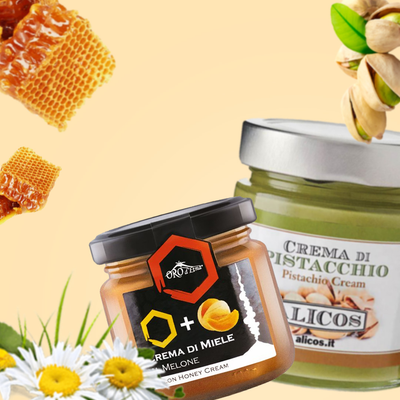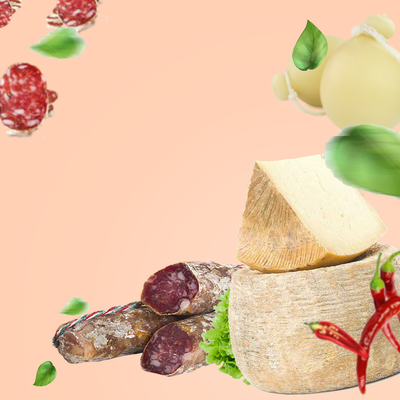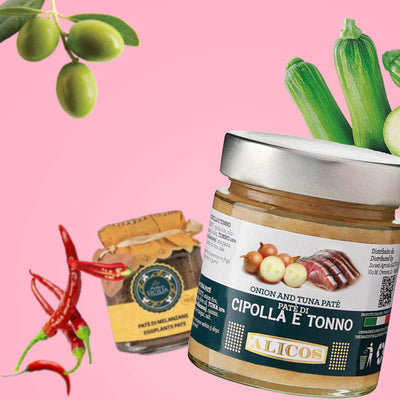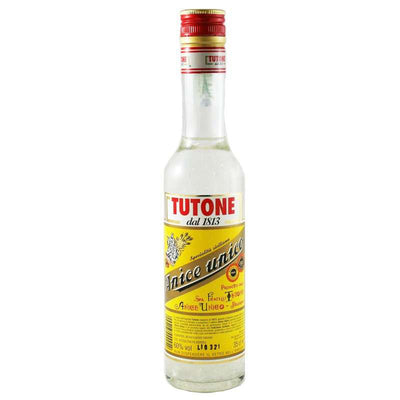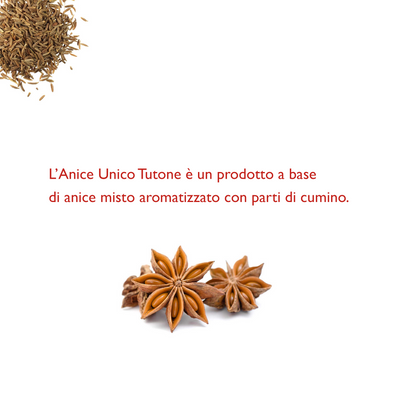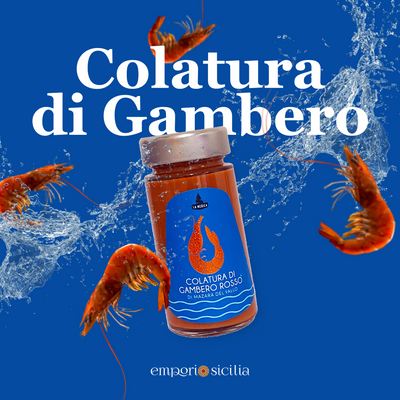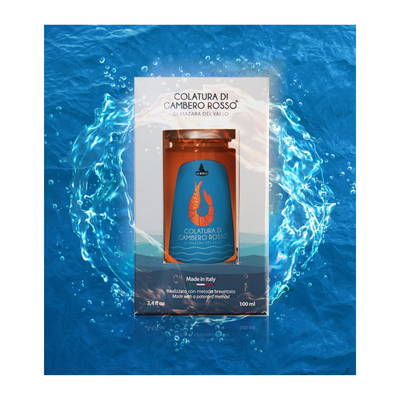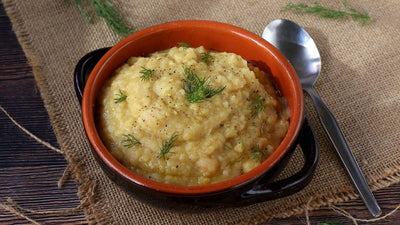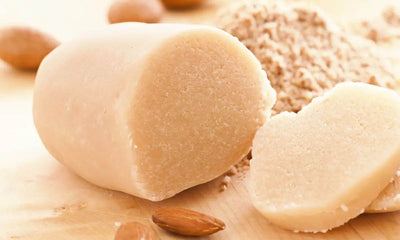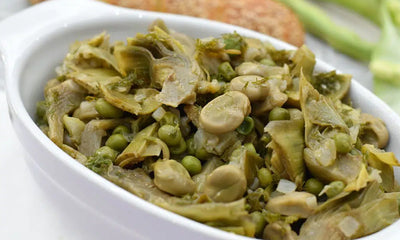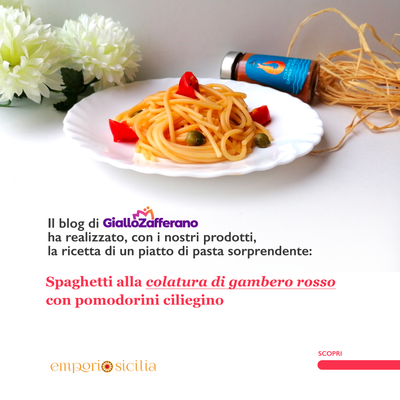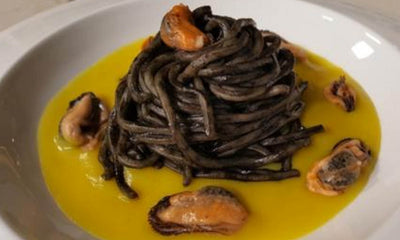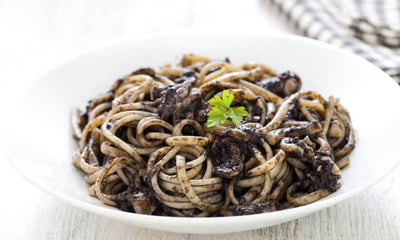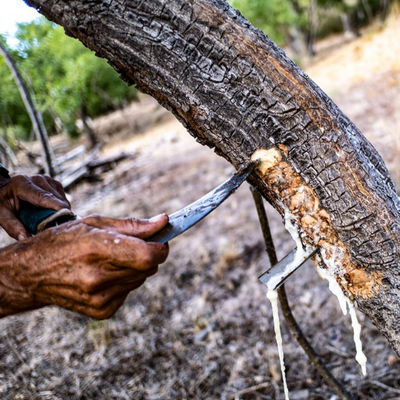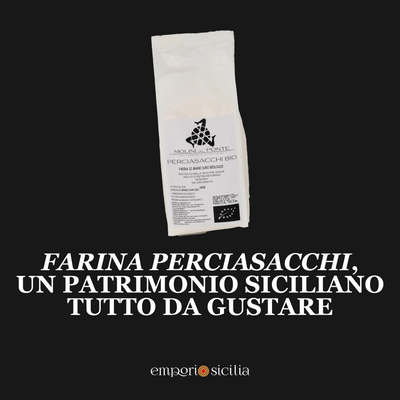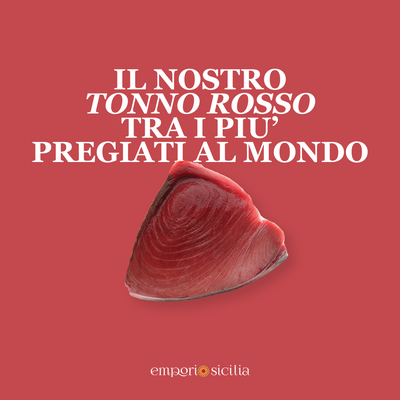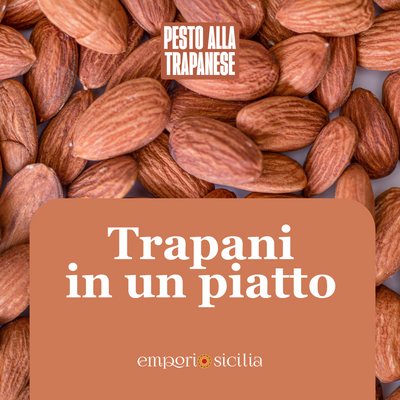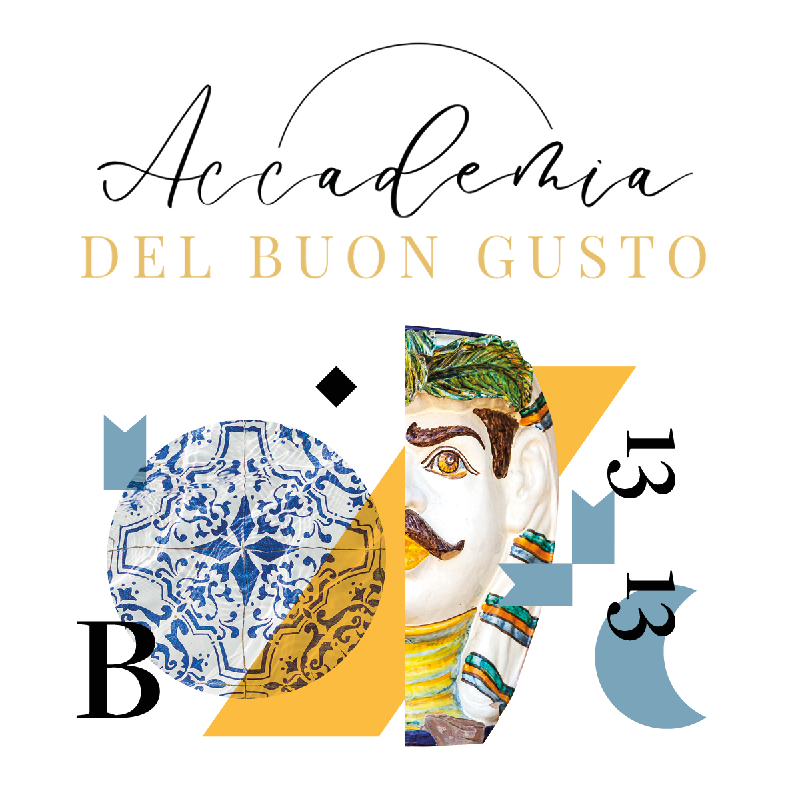The prickly pear is a hallmark of wild vegetation in Sicily . the plant with its blades rises everywhere. those who have come to the island will surely have met him, at least once. The plant with its blades rises everywhere.
It is said that originally "U ficudinnia" (prickly pear) was poisonous and was imported into Sicily by the Turks, with the aim of destroying the Christian peoples with it. Perhaps by miracle or due to the different climate, as soon as it was transplanted into Sicily it was acclimated and began to bear healthy and sweet fruit.
According to folk medicine, drinking prickly pear juice with sugar is good for coughs, a decoction of dried flowers cures renal colic. There are numerous uses of the plant, for the treatment of spleen tumors, for sprains and dislocations, for malaria fever. It is a plant of which not even the so-called shovels that are fed to cows and calves are thrown away.
And the peel? Yes, that too is edible. Our grandparents made the skins into cutlets, and even in batter! The thorns were removed with a knife, then boiled and breaded or dipped in flour before frying. In the Madonie there was also a sweet version, it was a prickly pear juice mustard which was used to cut into
small rhombuses preserved among the bay leaves. It was a "cosa dùci" (a dessert) that grandmothers prepared for their grandchildren.
Today we eat ice cream, jam ( https://www.emporiosicilia.it/prodotti/confettura-extra-di-fico-d-india-di-sicilia-etnafrutti/ ) or drink fig-flavoured liqueur 'India! ( https://www.emporiosicilia.it/prodotti/il-fico-amari-siciliani/ https:/ /www.emporiosicilia.it/prodotti/amaro-del-fondatore-tenute-cuffaro/ )
Technically it is a perennial succulent plant, with a tree-like habit, from one to two meters high, which can even reach 4-5 meters. It has swollen, fleshy and flat branches, the cladodes, commonly called blades, which have variable dimensions, up to 50 cm in width and length. The flowers are large and red-orange in color.
The fruit is a fleshy, ovoid, yellowish-red berry with sweet pulp, covered in thorns.
The prickly pear actually comes from Mexico. It was Hernando Cortes who discovered it in 1519 and brought it to Europe.
There are numerous versions of the fruit . The tastiest and most famous are the shaken ones "i scuzzulati" (bastards), probably born from a dispute between neighboring farmers. Apparently they were born because to harm a neighbor, a farmer cut the flowers of the newly born plants at the beginning of summer so that they would not produce fruit. In reality the fruiting was only postponed. At the first rains, bigger and juicier fruits emerged. The best time to enjoy these splendid fruits is from the end of summer until late autumn, the best month being September, a special fruit in every respect with many healthy properties, exotic but "local", prickly on the outside and very sweet on the inside.
Try our prickly pear-based specialties!


